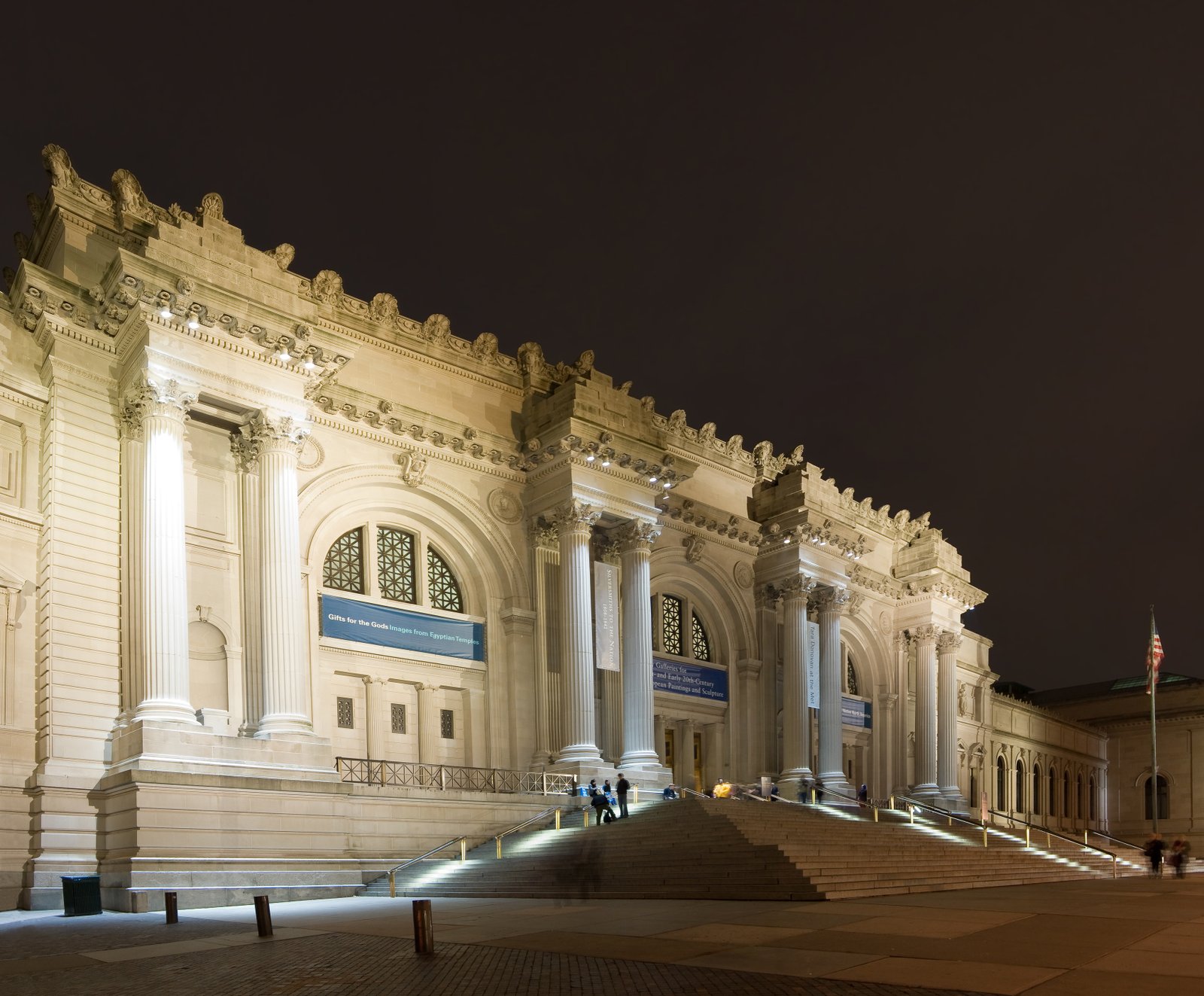A new type of fashion—one which celebrates diversity and propagates the ideals of inclusivity, accessibility and personalization—went on display this past Monday at the opening for the Ad(dress)ing Ableism exhibit at the Cornell University Jill Stuart Gallery.
The event was co-sponsored by Haven, alongside the Cornell Women’s Resource Center and the Student Assembly. The main goal of the exhibit is to study the fashion world through the eyes of those with disabilities.
Students of the university were called upon to model the dresses that had been designed specifically in response to their own personal needs as those in attendance read the personal statements written, which were strategically placed on mirrors throughout the gallery. This was done in an attempt to portray the manner by which each model perceived their look and function of fashion in regards to disability awareness.
Event organizer and S.A. President Jordan Berger (Cornell Class of 2017) revealed that she initially created the exhibit with her roommate Samantha Stern ’17 as a manner which enabled them to combine their passions for disability rights advocacy and fashion.
“We really wanted people to see that disability is visible and non-visible on campus, but that there are different ways to accommodate people besides just building a ramp,” Berger stated.
Acknowledging a lack of awareness of the “untapped industry” of disability fashion, designers Stern and Molly Kestenbaum ’17 worked to create items which were both stylish and functional. Kestenbaum said that she aimed to make the products applicable and accessible, but to do so without “without sacrificing style.”
After obtaining funding from the Human Ecology Alumni Association, the pair organized meetings with the models so that they could design and sew something personalized for each.
“We sat down with them and [asked], ‘What about clothing is not accessible to you right now and how do we make it accessible?’” Stern said. “People were really excited to talk about what they needed in fashion and we were excited to design that.”
Each designer monitored the sewing and designing of four looks and in addition to doing so, Kestenbaum took on another project, which was motivated by a 60s aesthetic and her personal experience with hearing devices.
Berger underlined the strength of the project in its ability to promote disability awareness, praise singular experiences and “start a conversation” that can typically be a challenge to commence, but that is an important one to have nonetheless.
“It’s really exciting to have an event that talks about disability issues through an artistic medium,” said Nicole Agaronnik ’19, a disability rights activist who served as a model in the exhibit. Agaronnik modeled a dress which featured a complex design of a spine to conjure her own ongoing experience with scoliosis.
Agaronnik, who is a competitive ballroom dancer, described the event as a “celebration of disability pride” and opined that it enabled people to reconsider disability, prompting a change in their opinion so they move to view disability as a difference in the human experience, rather than as an anomaly.
“This whole event will advance disability awareness because a lot of the clothes are for specific disabilities, but in general to see [people with disabilities] publicly being part of fashion, being part of life in a fashion show and being on display … is very important,” reflected Nadia Bon ’19, a partaker who wore a pink and purple tie dye dress.
Allison Milch ’18 modeled a belted dress with a skater skirt and a pocket, which was featured as a place for her to store her insulin pump. Milch’s type one diabetes makes dressing for formal events a tad problematic, in the sense that she normally lacks a place to store her device. According to Milch, that dress, designed based on her needs, provided her with a “convenient way” for her to remove her insulin pump when necessary.
“[The exhibit] highlights a part of life as a person with a disability that everyone else has to deal with too: everyone has to deal with clothes, has different constraints and thinks about their clothes a lot,” said Julia Montejo ’17.
This type of comprehensible fashion is a ground-breaking way to empower and to encourage and stimulate self-expression, opined Cat Tan ’18.
Tan went further to say that, “Not only are there different types of disabilities represented but, from my own perspective, I think that it kind of breaks barriers in terms of what a disability can be. It’s not permanent or static; it’s not hindering, or it doesn’t have to be.”
Disability as merely an aspect of diversity; it is a fragment of identity that is not always defining. Disability should be celebrated in the sense that it makes people who they are. People should not be ashamed or embarrassed of their disabilities, but they should be comfortable with them, as disabilities are experiences who make people who they are. These ideas of celebrating differences and accepting them were present throughout the exhibit.
Similarly, the deficiency of information about disabilities is the key cause of ableism and prejudice against disabled individuals, according to Alli Plache ’18, and this exhibit functions to educate people on such and “make it more known and accepted and normal.”
The exhibit’s termination will not mark a culmination of the conversation regarding ableism in fashion on Cornell’s campus. Seated mannequins bought for the exhibit will continue to exhibit the clothing created and will eventually become part of the Cornell Costume and Textile Collection to encourage a design process for the seated body, which entails individuals in wheelchairs.
“I appreciate that they’re catering to individual needs and by catering to individual needs they are acknowledging that disability isn’t a one-size-fits-all thing,” Plache said. “Acknowledging and seeing differences — that’s [what is most] important.”
Featured Image via Wikimedia






































Great show